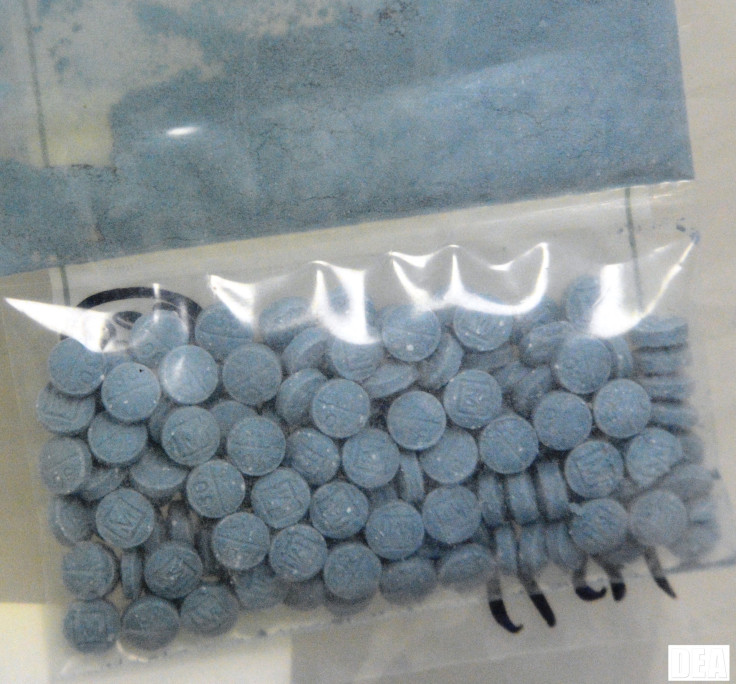Dangerous Designer Drug W-18 Is 100 Times More Potent Than Fentanyl, And It's Now Widely Available

Back in the 1980s, a team of Edmonton scientists designed a new series of experimental painkillers in their University of Alberta lab. Though they did not test each of the synthetic opioids on humans, chemical experiments proved one of the formulations, referred to as W-18, to be roughly 10,000 times as potent as morphine and 100 times as potent as fentanyl, the prescription opioid.
“You only need a tiny speck of W-18, which can cause respiratory depression and can kill you,” Dr. Alan Hudson, an associate professor with the department of pharmacology at the University of Alberta, told CBC News Edmonton.
Because no pharmaceutical company dared produce the too-strong drug, the chemical formula remained buried deep in the scientific files, forgotten and unused, for decades.
Those days are now over.
Sourced from websites based in China and cross-dressed as a street drug, W-18 has made a sudden reappearance in its country of origin. According to Health Canada, drug dealers may be selling the white powder in pill form or cutting cocaine and other drugs with it in unknown quantities. Because of its astounding potency, medical experts and police are concerned, fearing methamphetamine-style problems (or worse) lay just around the corner.
Unlike meth, there is no test available that can detect minuscule amounts of W-18 in someone’s blood or urine, said Dr. Laura Calhoun, a medical director at Alberta Health Services. This means there’s no way to track drug overdoses and deaths caused by this substance.
“No matter what drug you use, W-18 or fentanyl may be hiding in it and it may kill you,” Calhoun told The Globe and Mail. Thus far, Canadian authorities have refrained from showing photographs of the deadly drug.
Blunders and Delays
On Wednesday, The Globe and Mail obtained documents revealing a tragic comedy of errors in Alberta.
On Dec. 10, 2015, Alberta’s elite policing squad, ALERT, discovered and seized 4 kilograms of a strange white powder in a clandestine lab. Nearly a month passed before ALERT sent the suspicious substance to Health Canada, which took until April 8 to identify the drug and warn other authorities. Six days later, the public finally learned of the appearance and seizure of the deadly drug.
Imported from China, police seized the powder before dealers had a chance to prepare it for street sale. The seized powder might have produced hundreds of millions of tablets, each capable of killing someone yet leaving no trace, according to the National Post. Last August, police seized a random sample of 20 pills from a household in rural Calgary. Health Canada’s analysis, completed four months later in December, revealed that three of the pills contained W-18.
Following disapproval of belated testing and delayed warnings, Health Canada labors to make the drug a federally controlled substance — one illegal to sell, possess, manufacture, or import.
"The importation of W-18 from China needs to be stopped as soon as possible,” Hudson told CBC. “If any package were to be damaged, anyone coming into contact would face being overdosed with this drug immediately and would need immediate medical attention.”
Though the Drug Enforcement Administration has issued warnings against fentanyl and other synthetic opioids, it does not yet offer any information regarding W-18.
Published by Medicaldaily.com



























